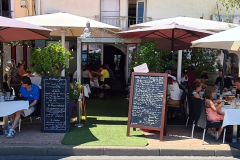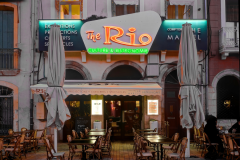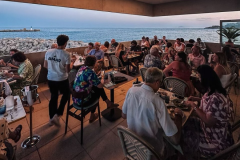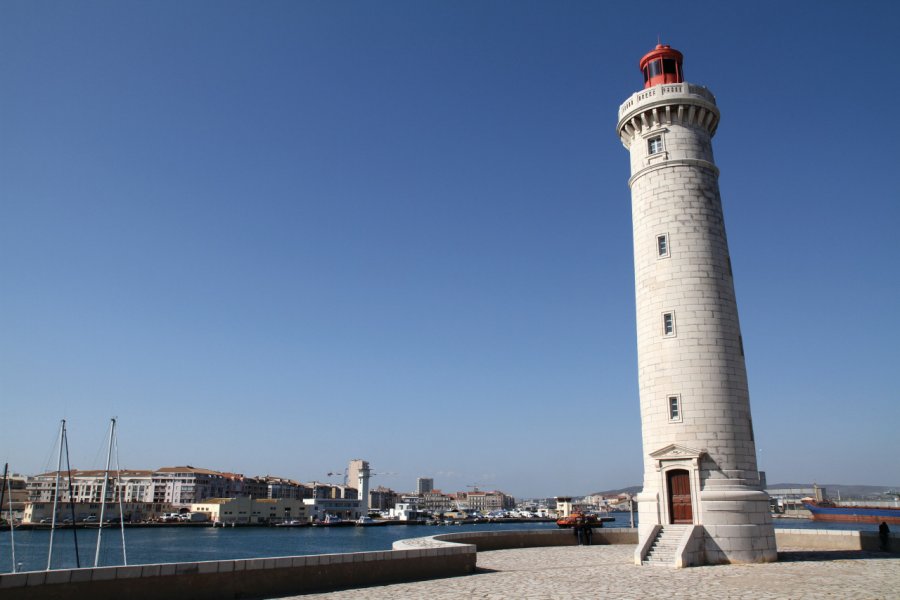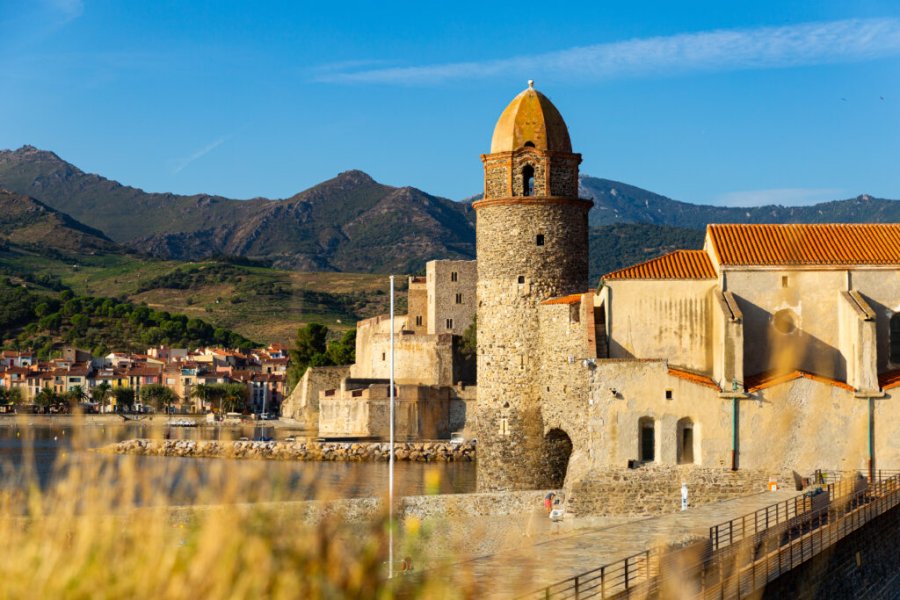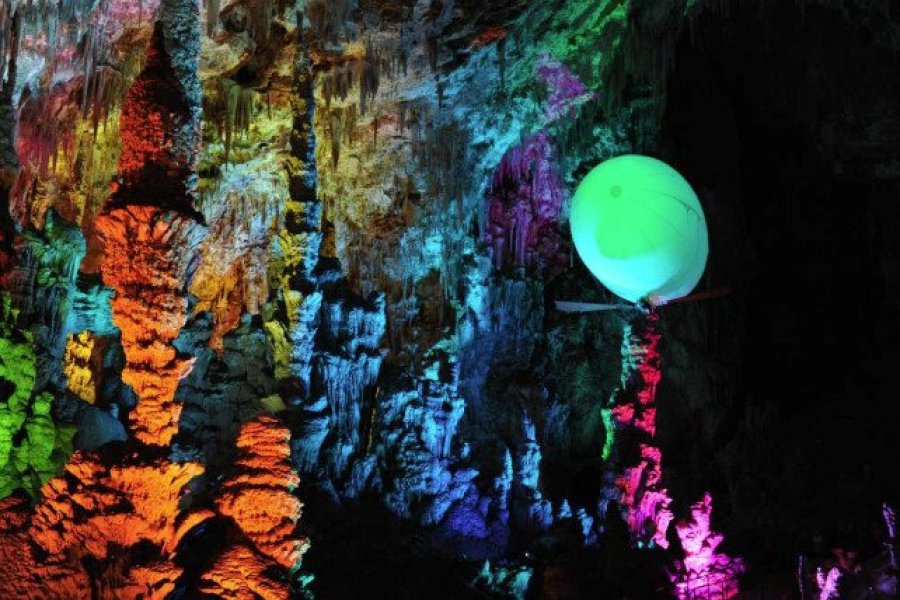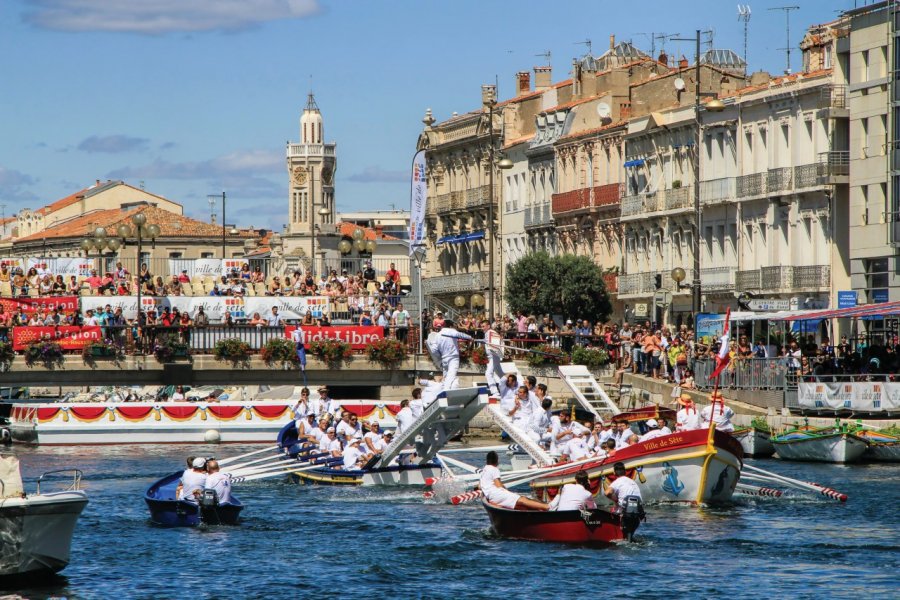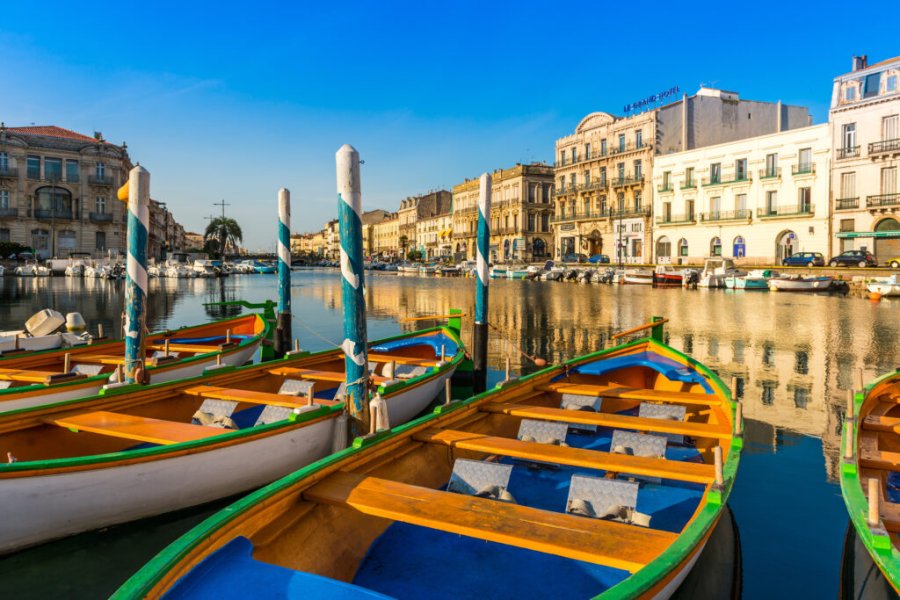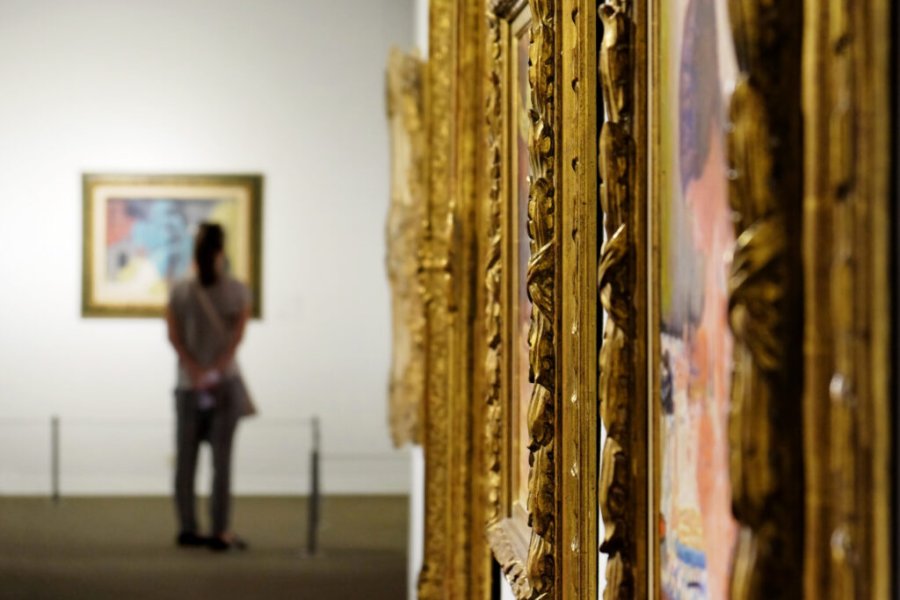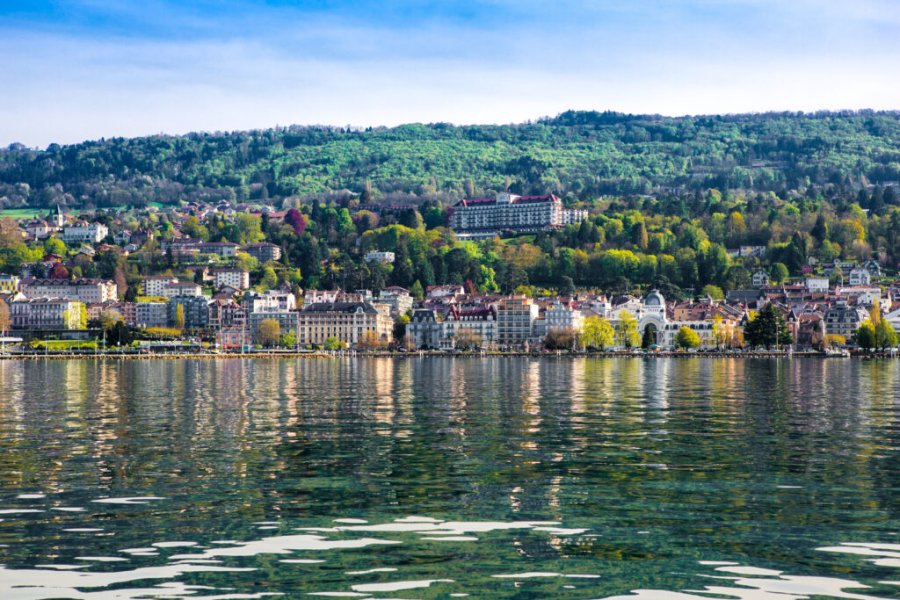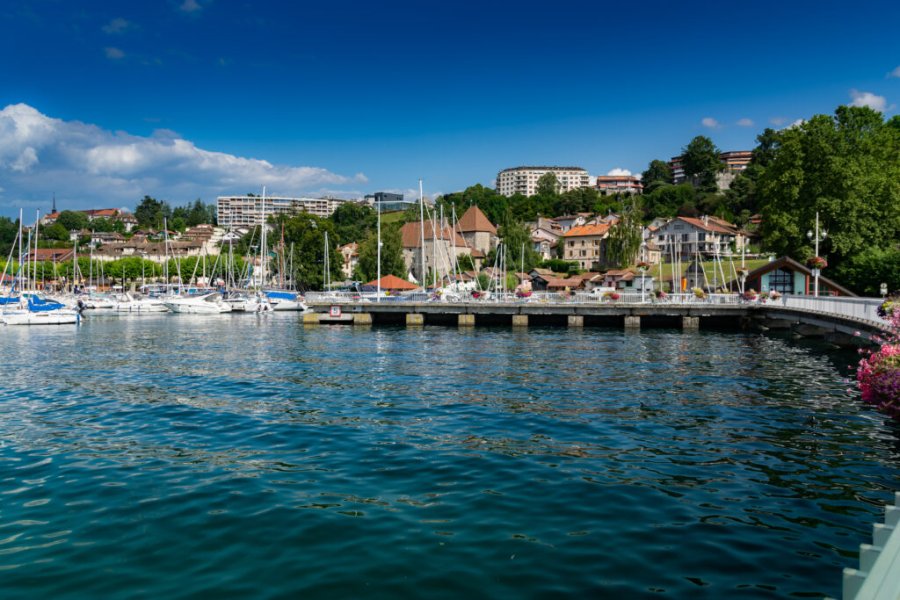Sète is a singular destination that charmingly combines the authenticity of a port city with the beauty of a peninsula interlaced with canals. Set against the azure backdrop of the Mediterranean, this tourist guide to Sète invites you to discover the most beautiful spots in a city with a distinct temperament. Founded in 1666 under the reign of Louis XIV, the city was created thanks to the desire to develop a deep-water port for French trade. Historically, Sète has always been a dynamic city, punctuated by the activity of its merchants and fishermen.
Geographically, the city is unique: it is built on and around Mont Saint-Clair, and is surrounded by the vast Etang de Thau on one side and the Mediterranean on the other. The town, located in the Occitanie region of France, is criss-crossed by several canals, giving it a special charm and earning it the nickname "Venice of Languedoc". The canals played a key role in the town's economy, facilitating maritime trade and fishing. Today, they wind their way through the city center, forming a unique landscape where sea, pond, canals and graus blend harmoniously around Mont Saint-Clair. They are Sète's main thoroughfares, hosting the highlight of the Saint-Louis, a traditional festival of nautical jousting held in a festive and convivial atmosphere at the end of August.
Sète also has a deep cultural history. The birthplace of such famous figures as poet Paul Valéry, singer Georges Brassens, Manitas de Platas and Jean Vilar, Sète has become an important center for the arts and culture over the years. These personalities have helped forge the cultural identity of the Occitan town. As a result, it attracts artists, writers and musicians. A unique experience awaits globetrotters in the streets leading to the Paul Valéry Museum. On the way up to this cultural mecca, you pass through a veritable open-air exhibition: the city's walls are transformed into canvases for street artists. These facades, animated by colorful frescoes and creative graffiti, reflect the dynamism andartistic spirit of Sète. Each alleyway reveals surprising works, where urban art dialogues with Sète's architecture . Look up - there are plenty of surprises in store! Stop off at the marine cemetery. This pearl of serenity faces the sea, offering a majestic panorama. The graves, guardians of memories, watch over the blue immensity. In the narrow streets, each step echoes on the time-worn cobblestones. Can you hear the age-old tales of sailors and poets whispered by the swell? Then discover the sublime Théâtre de la Mer. This cliffside amphitheater vibrates to the chords of the music and mingles with the caress of the sea breeze, in a place where the horizon merges with the stage. Many festivals are held here in high season, and the area has seen a host of great national and international artists.
Then head back down to the famous Halles market, the beating heart of Sète, which comes alive every day, reminding us of the city's watchword: conviviality ! It's a carnival of the senses, a place where fragrances melt into an intoxicating bouquet. Here, the merchants, veritable goldsmiths of flavors, offer a range of delights that captivate and charm. Note, for example, that on December 31, the festivities begin in the morning in front of the Halles: it's unique!
Sète's beaches, like that of Lazaret, are hemmed in with fine sand. These are havens of peace where time stands still: raw, condensed happiness! Looking for fresh air, nature and freedom? Climb to the top of Mont Saint Clair and marvel at the breathtaking view over the city, the canals and the Mediterranean Sea. This breathtaking panorama has inspired artists such asAgnès Varda. To speak of Sète is also to evoke its emblematic districts, such as the Pointe Courte and the Quartier Haut, which come to life during the Saint-Louis nautical jousts . With their colorful boats, they symbolize the soul of the town. Sète also stands out for its cultural dynamism. Throughout the year, it hosts artistic events and festivals, and is the setting for TV series and feature films.
Sète's uniqueness is also evident in its maritime traditions and heritage . If you can make it toEscale à Sète, you'll be able to admire boats from all over the world and of all ages! Museums and art galleries testify to the city's cultural richness, while its beaches and natural spaces provide moments of relaxation and escape. Take time out to watch the waves crash against the Saint-Louis pier and lighthouse- it's awe-inspiring!
With its privileged position on the Mediterranean, theculinary and hotelexperience is exceptional. As France's second-largest Mediterranean fishing port , Sète comes alive every morning with a captivating spectacle at the fish auction. This maritime effervescence is reflected in the town's rich gastronomy, with local recipes full of flavor and character. The Sète fish market is an authentic place. Here, local fishermen bring in their fresh catches daily, which they offer to local professionals and restaurateurs. From gourmet establishments to small quayside bistros, they all serve up tasty cuisine. As for Sète's hotels, many offer a bird's eye view of the Mediterranean Sea or the beauty of the canals.
Sète is a poem constantly rewritten by the wind, the sea and its inhabitants. Every street corner, every splash of water, every smile exchanged is a stanza in an ode to beauty, life and the Mediterranean art of living. Sète plays on the heartstrings of the soul, inviting you to lose yourself in order to find yourself again. It's hard not to fall in love.






